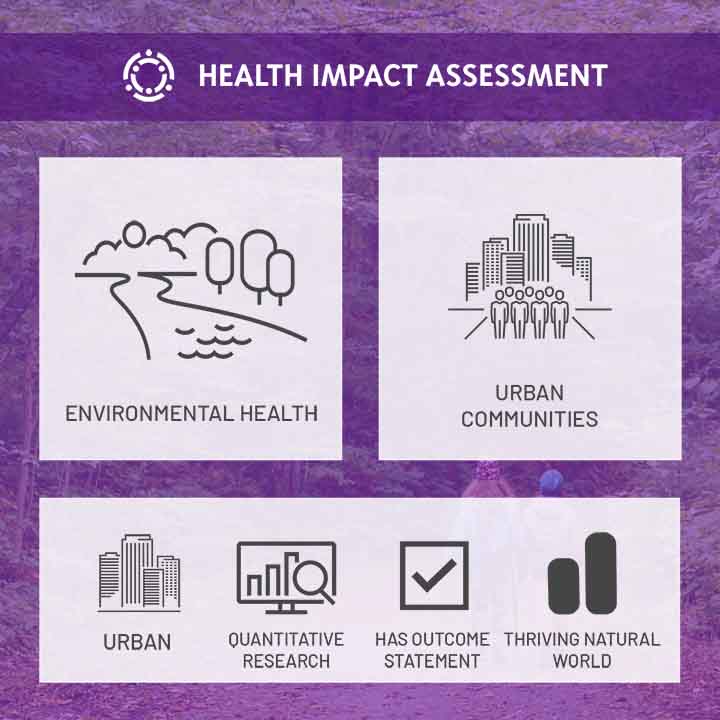Community Climate Choices

- Copyright
- 2014
- Published Date
- 02/28/2014
- Published By
- Health Impact Project
Between 2011 and 2014, the Oregon Health Authority Public Health Division conducted three health impact assessments (HIAs) on elements of Portland Metro’s Climate Smart Communities planning project. The Portland metro regional government requested the HIAs to ensure that decision-makers had access to public health evidence and best practices as they shaped and approved a greenhouse gas reduction plan for light-duty vehicles.
This HIA found that the plan’s proposed strategies would have significant health benefits for the Portland metropolitan area, including increased physical activity, fewer traffic injuries, and reduced exposure to air pollutants. Because residential density, mixed-use development, and safe streets with sidewalks are associated with active transportation, the investments outlined in the plan would support healthy behaviors. The report also highlighted the importance of developing affordable housing options in areas connected to public transit.
Outcome
Development and adoption of the strategy was completed in three phases. As part of phase one, Metro staff worked with partners, including the Oregon Health Authority, to research strategies used to reduce emissions in communities around the world. This work resulted in a toolbox describing the range of potential approaches, their effectiveness in reducing emissions, and their other potential benefits. In phase two, Metro worked with regional technical and policy advisory committees and business and community leaders to craft three approaches and criteria to evaluate them. In phase three, the council adopted the Climate Smart Strategy with broad support from local and state government partners.
-
This Health Impact Assessment Report first appeared in The Cross-Sector Toolkit for Health. The Cross-Sector Toolkit for Health was originally developed by the Health Impact Project, formerly a collaboration of the Robert Wood Johnson Foundation and The Pew Charitable Trusts. The creation of this resource was supported by a grant from the Health Impact Project. The views expressed are those of the author(s) and do not necessarily reflect the views of The Pew Charitable Trusts, or the Robert Wood Johnson Foundation.
Related Topics








